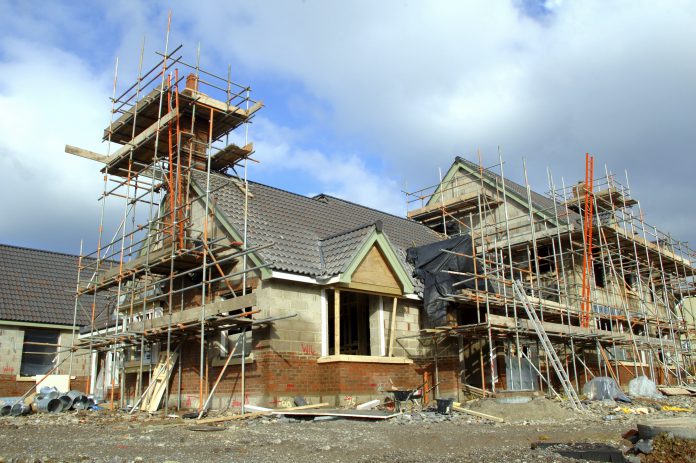The final draft of the West of England Joint Spatial Plan (JSP) has been published ahead of its consideration by the four councils, North Somerset, Bristol City, Bath & North East Somerset and South Gloucestershire. The JSP will provide the overarching development framework to guide housing, employment and infrastructure requirements to 2036.
The JSP will be discussed by the West of England Joint Committee on Monday 30 October and, subject to the approval of the four councils, public engagement is planned this winter before the document and feedback received is sent to the Secretary of State for examination next year.
The JSP sets out the policies and principles that have been applied in determining the most appropriate and sustainable locations for future development. The document is the product of more than two years joint working and two previous consultations, where individuals, communities and other stakeholders have made contributions to help shape the future growth of the region.
The JSP is the first such joint planning approach in the UK, which takes into account the impact that development in one area has across council boundaries.
Alongside the JSP, the four councils are continuing to develop a Joint Transport Study (JTS), which is designed to help the region meet the growing infrastructure demands that new growth will bring, as well as identifying the projects that are needed to upgrade existing links where there is already pressure on road and public transport networks. This includes providing the key transport infrastructure needed to reduce reliance on cars with better road and extended cycle links, improved junctions and better access to public transport.
In a joint statement, the Leaders of North Somerset Council, Cllr Nigel Ashton, Bath & North East Somerset Council, Cllr Tim Warren, South Gloucestershire Council, Cllr Matthew Riddle and the Mayor of Bristol, Marvin Rees, said:
“Each of the councils in the West of England face a key challenge: To ensure there are sufficient new homes, jobs and infrastructure to accommodate a growing population, while at the same time protecting and enhancing our unique built and natural environment.
“This is not just a local issue, the UK as a whole is struggling to meet growing demand for new homes. We have joined forces to prepare a different type of plan to tackle this challenge.
“The JSP aims to build a common understanding of the need for new housing and the benefits that new development will bring, including transport improvements and more opportunities to link our communities with homes and jobs.
“Of course the impact of growth will vary in different communities, so it is important that people understand why the strategy is being proposed. The JSP includes the locations that would be sites for sustainable growth. It also spells out the policies and evidence, which we have already consulted upon, that has guided these decisions.
“People have talked constructively, taking into account that development in one part of our region impacts the others, about meeting the increased demand for services and infrastructure that housing growth brings and, because we are looking ahead for the next 20 years, about protecting our natural environment for the long-term.
“We have the power through long-term and evidence-based planning to address key economic and social imbalances in the region and to support inclusive growth. We need to ensure the homes that are built meet people’s needs; they need to be the right size, in sustainable communities, available to rent and to buy and in locations that people and businesses need.
“Businesses should be able to locate where they can be most efficient and create jobs, enabling people to live in places which are accessible to where they work. Transport and infrastructure provision needs to be in place up front or keep pace with development to support sustainable growth.
“People feel passionately about where they live and the impact new growth might have on their local communities. We share the value they place on their local environment, landscape and biodiversity because it is part of what makes our region the place we want to live.
“We are committed to this plan-led approach to provide certainty to our communities, in order to secure high quality, sustainable growth for the West of England.”
In the first half of November, the JSP and proposed engagement plan will be considered by each of the four WoE local authorities. Only once it is approved can it proceed.
Subject to approval by the four councils, the proposed public engagement is due to run from 22 November until 10 January, 2018. Following this process, the draft plan, along with all of the feedback received will be sent to the Secretary of State (SoS) early next year.
The draft plan will then be examined in public by an Independent Planning Inspector, who will then make a report back to the local authorities, which may include proposed amendments. Once satisfied that the plan meets all planning rules and laws, the four councils must adopt the plan, giving it statutory authority. At that point the approved JSP would sit above and guide the review of the councils’ own Local Plans.









